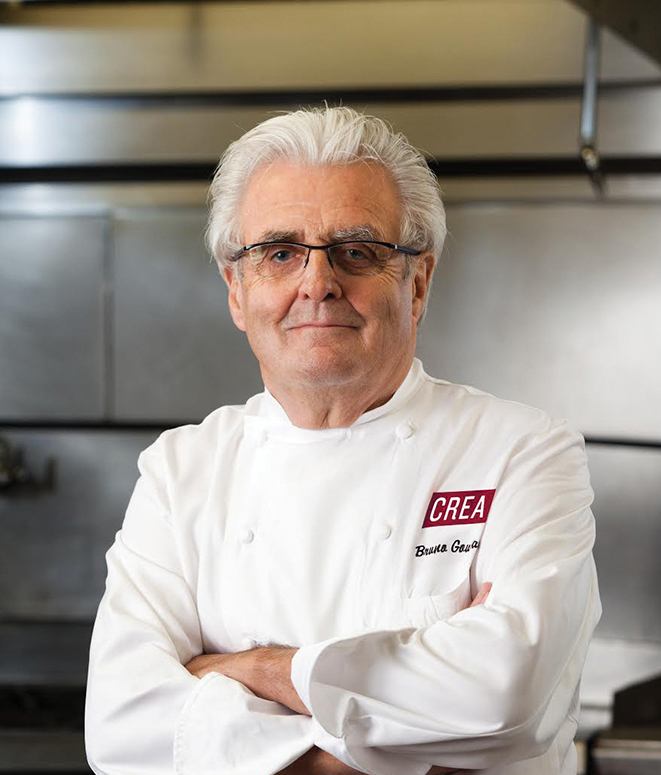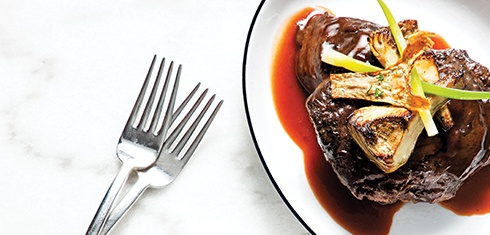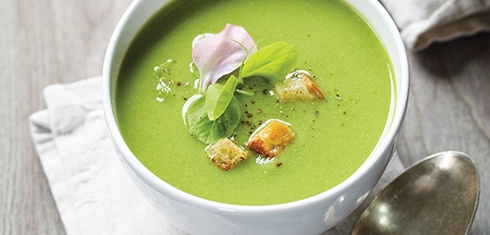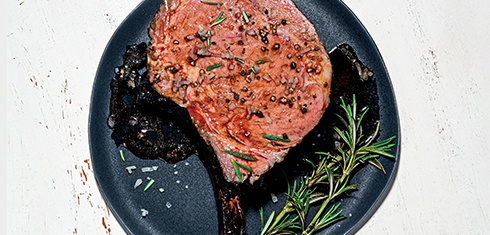Interview by Sarah Schaffer
What is happening to meat on a molecular level when you cook it sous vide?
Beef tenderloin, for example, has long fibers. When you cook it, the time of cooking is long because the heat needs to pass from one fiber to another. And when you cook under pressure, the meat can’t grow. So, the retraction of the connective tissue must happen differently than with just cooking over a flame in a traditional way. The results are a more tender, juicy, and flavorful cut of meat.
Why is it important to work with a thick cut of meat when using a sous vide method?
You want a thick piece of meat, but not too thick because the cook time will be too long. And for those who are just beginning to use the technique, it is easier to cook with a thick piece of meat because you need to sear the meat before using sous vide. A thicker slice makes it easier to work with, and you can have a beautiful crusting on the outside while keeping the meat in the center a nice medium-rare.
So many readers have told us that they only cook proteins using sous vide, because it seems easier. What’s the benefit of cooking vegetables using the method?
It seems like nobody works with vegetables with the same attention as they do meat. That may be because you have a lot of people who believe that vegetables have no taste. But it’s just not true. What we’re doing today is discovering new ways to enhance the flavor of vegetables—to give them the best taste when cooked at a precise temperature. It’s about finding the localization of flavor—is it in the root, stem, or leaves? Is it in the core or the periphery? We are testing all of it to find out where the best flavor is.
What are some of your favorite ways to use extracted flavors?
These flavors can be used in a number of ways. Cryoconcentration really enhances the natural flavors of fruits and vegetable juice or extract, and the results can be used as key ingredients in various recipes. I think cocktails and sauces are two of the best ways to showcase these flavors.
Any advice for those thinking of trying sous vide for the first time?
Sous vide is a process of cooking, and you still need to respect the same traditions and standards. What is good in a traditional kitchen is also good in sous vide cooking.
Have a question for the master? Email askthemaster@lecrea.com. This article originally appeared in Sous-Vide magazine’s Spring/Summer 2017 issue.
Related Articles VIEW ALL ARTICLES
Chefs & Personalities
Ask the Master: Golden Rules
Cuisine Solutions’ Chief Scientist Dr. Bruno Goussault cracks the code on sous-viding perfect eggs.
Read More >Chefs & Personalities
Ask the Master: Bruno Goussault on Science and Food
Cuisine Solutions’ Chief Scientist, Dr. Bruno Goussault, answers questions about sous vide safety and the best foods to cook sous vide.
Read More >Chefs & Personalities
Ask the Master: Bruno Goussault on Plastics, Cooling, and more.
Cuisine Solutions’ Chief Scientist Dr. Bruno Goussault discusses safe sous vide plastics, keeping your circulator residue-free, and more.
Read More >Related RecipesVIEW ALL RECIPES
Braised Sous Vide Beef Cheeks
 Intermediate
IntermediateServe this succulent sous vide beef cheeks recipe and its velvety sauce to someone you love. Trust us, they'll return the sentiment.
Chilled Very Green Pea Soup
 Beginner
BeginnerCryoconcentrated chlorophyll gives this sous vide soup its bright-green color—and exuberant flavor.
Prime Rib
 Advanced
AdvancedMaster this cut—tasty like ribeye and tender like filet mignon—using sous vide and finishing on the grill.




